The content of the article
In the world, there are 147 known species of butterfly pestrus, common in the Australian continent, in Africa and Eurasia. In Russia, there are ten species. Insects are medium in size, the wings are dark in color with white spots on the upper ones and a closed cell on the lower ones.
Morphological description of the species
The pavilion moth butterfly belongs to the nymphalida family. This species is also called chernushka, tent pancake and pestle common. The body of the butterfly is neat, narrow, the head is large. The length of the front wings varies from 18 to 29 mm, and the shape is elongated. Rear on the contrary - wide and wavy. The upper side of the wing is dark in color, and the inner side is brownish-red, spotted. Antennae are small with a mace at the tip.
Species
There are three types that have common characteristics with the common pestle:
- lentochnik bluish;
- lentochnik small (Camilla);
- Sappho pest or dark-winged.
Lentochnik small distributed in Primorye, Korea, Europe, Japan, the Caucasus and Turkey. Its size with a wingspan of 45-60 mm. The color is the same with a white sling, only at the base of the wing casts blue. It lives in forests and on the banks of rivers, sometimes lives in the mountains at an altitude of 1600 m. Camilla grows in two generations. First in June and July, and then in August and September.
The third species inhabits the Balkan peninsula, Europe in the center and in the east, the lower mountains of the Carpathians, not exceeding 500 m. Earlier, Sappho lived in Belarus and Poland, but now it has disappeared. The period of life is three months - from June to August. You can see them on the banks of rivers, glades and forests. They feed on the plant of the rank, pupate at the end of May.They differ from the pied cross by a tie on the back wing in two rows.
How does a butterfly
Common pest lives in water bodies: rivers, lakes, streams. Also common in forests, shrubs and ravine slopes. But the presence of a reservoir nearby plays an important role. The diet of butterflies includes not only nectar, but also water and partly excrement.
Since the butterflies are diurnal, they are active during daylight hours, and at night they sleep, hiding in the foliage or among the branches of a bush. Males differ from females in that they divide the territory in which they live and protect it from other members of their species. Individuals of the female on the contrary - cautious, fearful and spend a lot of time hiding in the trees.
Under good conditions, butterflies can develop in two generations. The first are active May-July, and the second - July-August. But under normal conditions only one generation develops at the beginning of summer.
Reproduction and development of Neptis rivularis
For laying eggs to the insect are suitable plants such as Volzhanka vulgaris, spiraea, ivolist and meadowsweet. After mating, the female lays a spherical egg about 1.2 mm in size on the outside of the leaf.
After a week, a caterpillar 2.5 mm long appears. Color reddish with light stripes on the back and sides. The caterpillar head is large, the whole body is covered with hairs, and the back is several growths.
For wintering, the caterpillar needs a new cover. They will be a large sheet, in which she turns completely and closes all the holes. This happens in the middle of autumn, and only next spring will she leave her house.
Before the pupation stage, the caterpillar will reach 20 mm, it will stop eating. The abdomen will attach to the branch upside down and the pupa phase will begin. This period lasts about a week.
The type of Neptis rivularis or pavolusha Tavolgova is listed in the Red Book not only in the Crimea, but even in Poland. The population of this species of butterfly is reduced annually due to insecticide spraying. The forest is treated against harmful insects, but at the same time the usual ones die.
Video: pied butterfly (Neptis sappho)

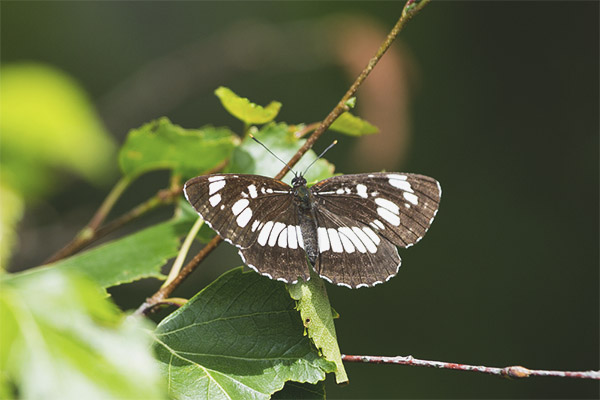
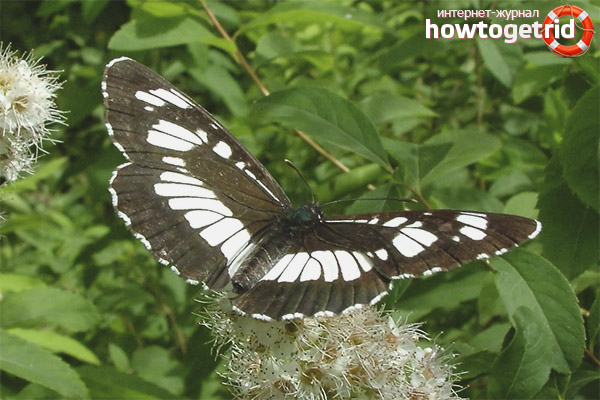

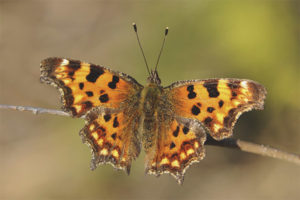
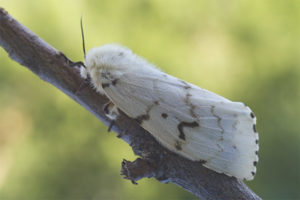
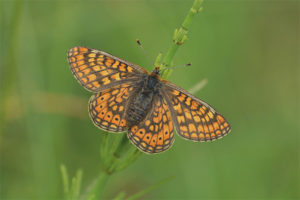

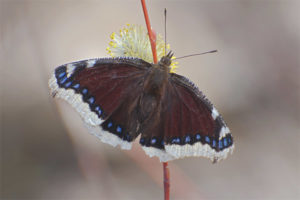
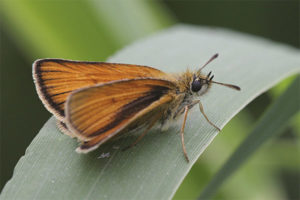

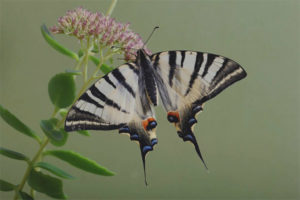
To send